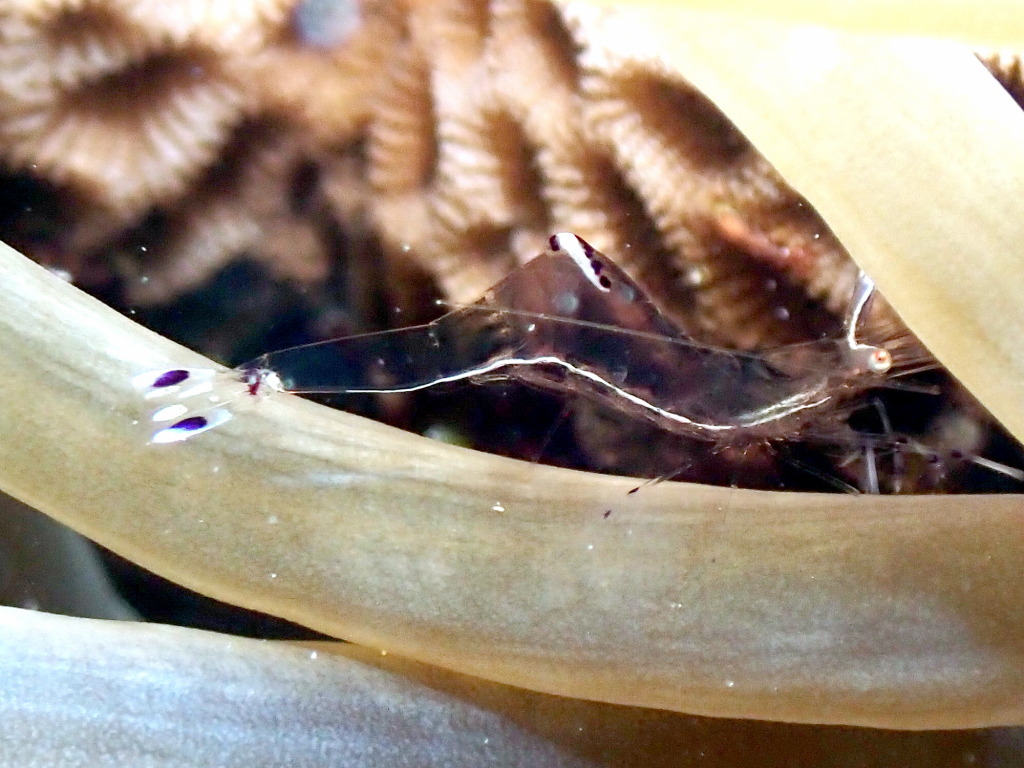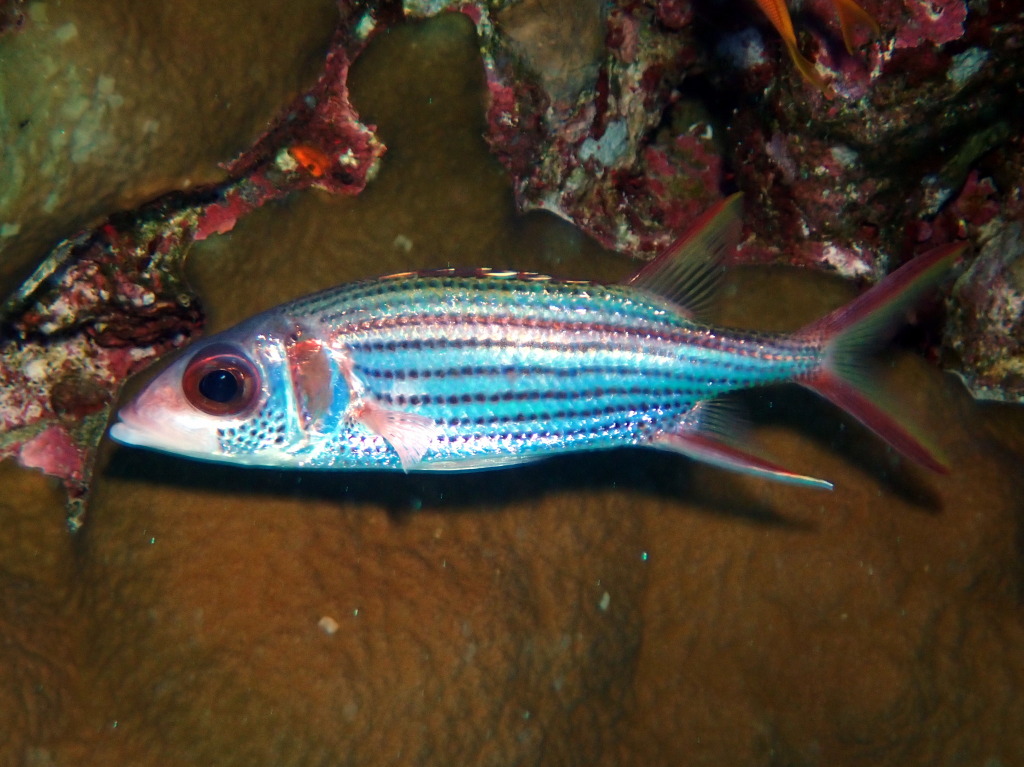Inspired by a recently published article by Cocozza and Palma1 I wrote a commentary for European Radiology on how the current publishing system is at the verge of collapse, driven by the greed of the publishers that by becoming gatekeepers of the scientific careers of researchers, they can dictate the rules and the prices of the game. Add generative AI into the mix, and the whole system becomes explosive.
Of course, such a commentary should have been published open access. And, my friends, I tried.
Please realize that this paper is a 1000-word essay, not peer reviewed, written by me after I was asked by the editorial board. This paper is now put in a PDF and stored on a server at Springer Nature. How much do you value the extra work that the publisher put to put this single PDF page online?
Well, I was surprised when they proposed my a €3500 bill (more than $4000) to make this paper open access!
And my institution even has a read + publish agreement with them, which means that my University already spends enough public money to buy Springer Nature subscriptions, that papers from us should be published open access for all. Well, apparently this doesn’t cover 1000-word, non-peer-reviewed, invited essays.
So the question was: spend €3500 for the principle of upholding open access, and in the vanity hope that my paper would get more visibility from it, or keep the money and seize the opportunity to write a blog post about the irony of it?
Of course I chose the money2!
Fortunately, there are other less-known, but still legal, ways for me to give you access to this content. You can use this link to see my commentary and share it with your colleagues: https://rdcu.be/dA816. Or you can just read it here below.
But the irony that I couldn’t afford to openly publish a paper about the greed of the scientific publishing system? Priceless.
- Cocozza, S., Palma, G. Of editorial processes, AI models, and medical literature: the Magnetic Resonance Audiometry experiment. Eur Radiol (2024). https://doi.org/10.1007/s00330-024-10668-w
- Not really keeping the money though: I’m going to send two students to an international conference with it.










































































































